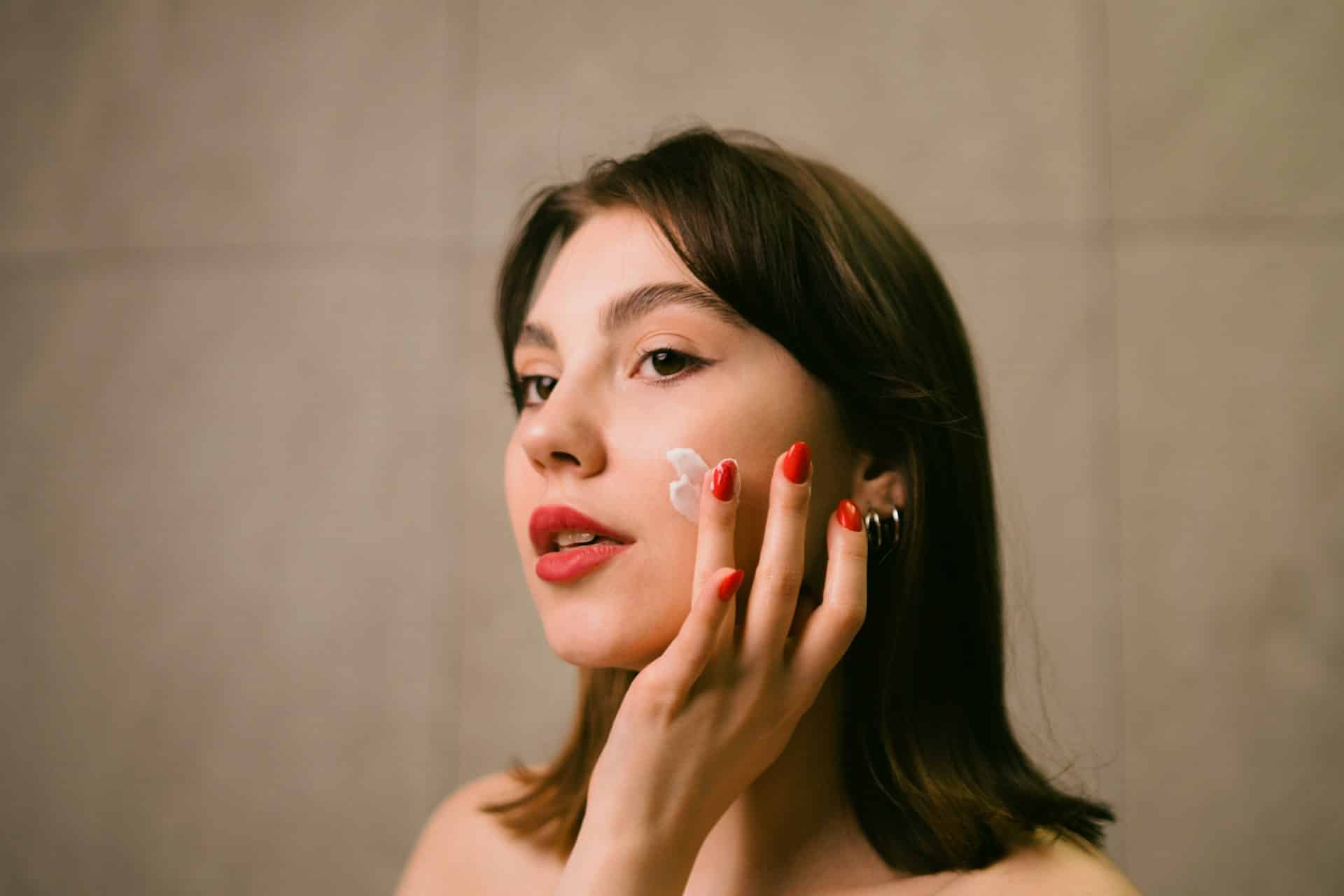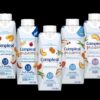Social media has led many of us to question our travel habits, especially when it comes to our skincare routines during flights. From mysterious lounge secrets to clever hotel tips, platforms like Instagram and TikTok overflow with visuals that promise to revolutionize our approach to travel while maintaining a glamorous facade. Influencers often suggest pulling out a complete skincare regimen at 30,000 feet, meticulously applying moisturizer and serums while capturing the moment for the ultimate ASMR video—only to flaunt perfectly dewy skin upon landing.
But here’s the catch: as much as these videos garner millions of views, not everyone is fully convinced—myself included. After all, airlines are famously known for their less-than-sanitary environments. So, with air travel peaking in popularity during the summer, should we invest in all these trendy skincare products to pack into our carry-ons, or is this a phenomenon that deserves a firm “no”?
Let’s dig into the reasons this trend has taken off. Dr. Corey Hartman, a respected dermatologist from Birmingham, Alabama, explains that the discomfort many travelers experience while flying due to dry air and pressure changes can indeed affect the skin negatively. He elaborates, “Most people face dehydrated skin, puffiness, and even breakouts during and after flights.” Dr. Hartman points out that with humidity levels plummeting in airplane cabins, our bodies might overcompensate by producing excess oil, leading to clogged pores and irritation.
Common complaints during flights include dry skin, puffiness, and that common “dull” feeling. Flying at high altitudes reduces blood flow to our skin while the pressurized environment slows down lymphatic drainage, creating a puffy appearance. Dr. Hartman adds, “Lack of sleep and dehydration can also lead to those frustrating skin challenges, making it easy to see why we crave that glow.”
It’s hardly surprising that many of us turn to our typical skincare routines with the hope of arriving at our destinations looking refreshed. Yet, the airborne setting is not the most conducive one. Nurse practitioner Ashley Carmen, who runs Aiyana Atelier in Alexandria, Virginia, points out a critical detail: “When you do your skincare at home, you’ve likely started with clean hands and clean products from an environment you trust.”
Imagine the journey before even stepping onto the plane. You take an Uber, navigate TSA, check bags, grab coffee—all while touching countless surfaces that may not be perfectly sanitary. Carmen states, “Even if you do your best to wipe down your seat and area, the product needs time to work. Plus, once you’ve cleaned, you’ve got all that traveler grime back on your hands when you dig for your skincare products.”
Both experts, unsurprisingly, advise against a full skincare routine during flights. Dr. Hartman adds that the airplane environment is a “breeding ground for bacteria,” making any skincare application risky at best. “Increased hand-to-face contact can heighten the risk of skin irritation and breakouts,” he stresses.
So, what can we do to safeguard our skin while we travel? Hydration is key. Carmen emphasizes drinking water consistently before and during your flight. Her rule? Aim for at least one glass of water per hour, plus an extra glass if you’re sipping on alcohol.
Before you head out for the airport, start with truly clean skin and consider applying vitamin C, which is obligatory for the skin’s health. Following that, an antimicrobial mist—like Epictutis’ Hydrobiome Mist—can add moisture and serve as a disinfectant. This step is crucial as it combines hydration and hygiene, offering a solid defense for your skin amidst the flying environment.
Then, slather on a heavy-duty moisturizer—think of it as a comforting barrier for your skin. The last, non-negotiable step? Sunscreen. It’s a common misconception that sunscreen isn’t necessary when you’re just “inside.” However, the reality is that UVA rays are amplified at higher altitudes. Given the dry, low-humidity atmosphere of a plane and the recycled air, the risk of skin reactions or irritations rises on longer flights.
Furthermore, Carmen highlights an uncomfortable truth: social media trends that endorse in-flight skincare can unintentionally redefine acceptable public grooming behaviors. “We wouldn’t dream of clipping our toenails on a plane, and doing skincare isn’t all that different,” she remarks. “What ever happened to enjoying a good book instead?”
In sum, while the allure of a fanciful skincare routine in-flight is tempting, the expert consensus is clear: keeping skincare simple and focusing on hydration is the better approach. So, next time you’re preparing for a flight, consider these guidelines to arrive at your destination feeling your best—not only on the outside but on the inside too.
Image Source: Unsplash



































